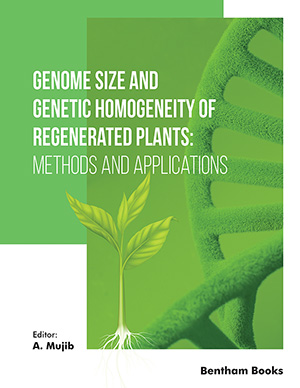Abstract
Polyploidy is the condition of having more than two sets of chromosomes.
The mechanism of polyploidy helps in deriving special traits like an increase in
biomass, an increase in the size of various organ systems, and secondary metabolite
content for the progeny. Various chemical compounds (colchicine, trifluralin, and
oryzalin) that have the capacity to alter the mitotic cycle were used for the purpose of
inducing polyploidy. Various techniques, such as counting of chromosome number,
chloroplast number, determination of pollen diameter, and estimation of leaf stomatal
density and size, were developed to analyze the polyploidy of the plants. However,
these methods are not reliable for their regular use. Thus, of all the above-mentioned
approaches, the estimation of ploidy level by flow cytometry (FCM) has been the most
popular over the last few decades. Flow cytometry is now extensively used for the
verification of haploidy, aneuploidy, and polyploidy. The ease of sample preparation,
fast acquisition, and accurate measurements have made the method popular in the
domains of plant cell biology, systematics, evolution, genetics, and biotechnology. The
current chapter discusses the induction of polyploidy and its importance in plant
breeding. It also emphasizes the importance of FCM in the analysis of polyploidy and
enumerates the various polyploidy studies involving the application of FCM.
Keywords: Ploidy analysis, In vitro polyploidy, Colchicine, Flow cytometry, Fluorescence.






















